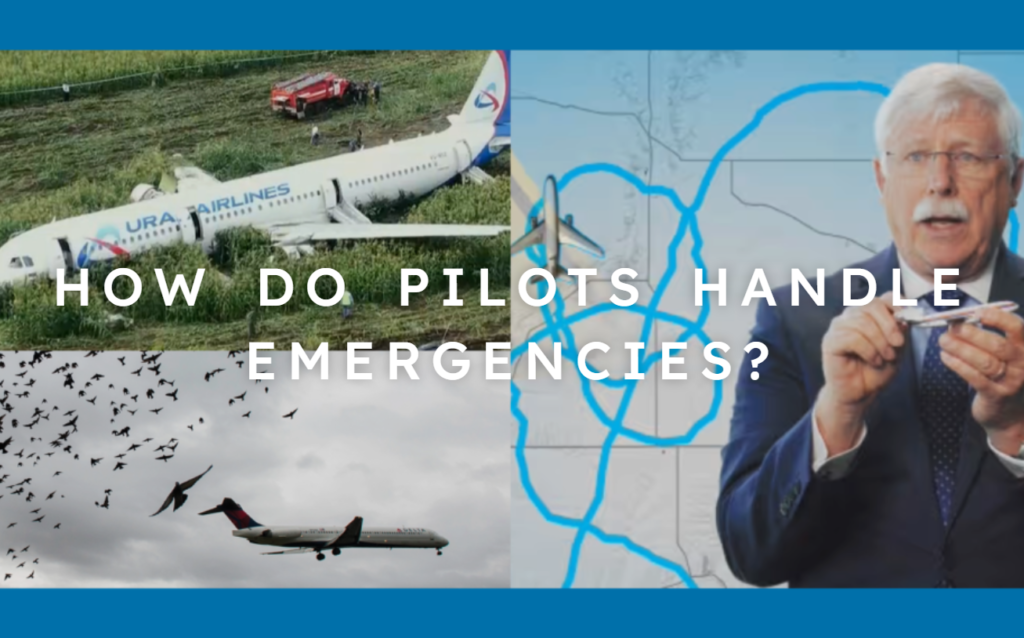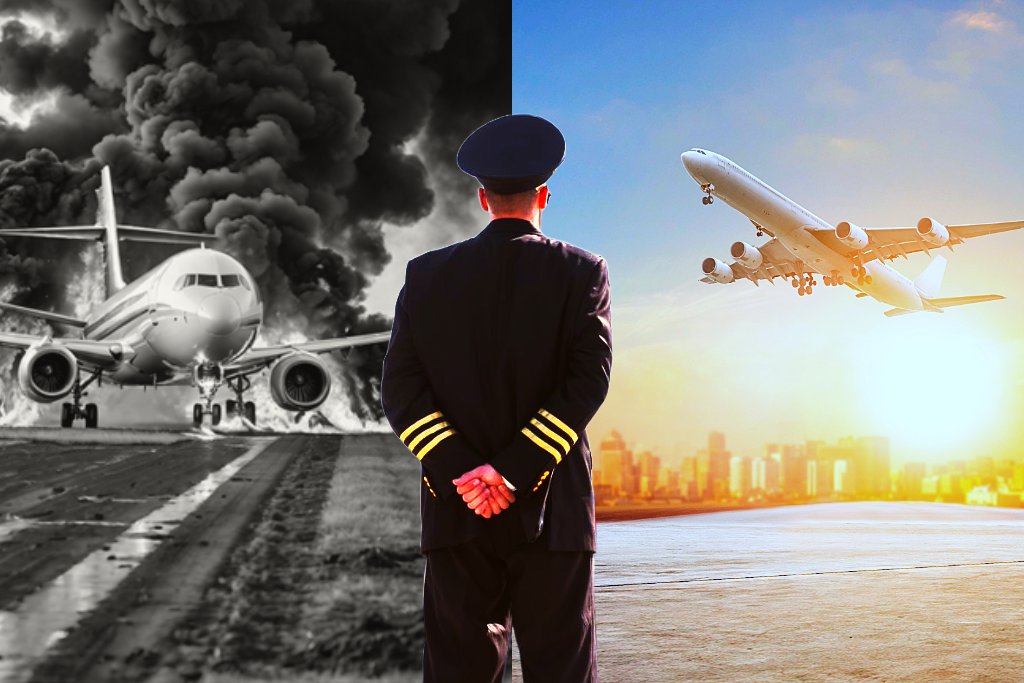How Do Pilots Handle Emergencies?
How Do Pilots Handle Emergencies? I’ve spent a significant amount of time researching, reading aviation-related books, and asking professionals about the responsibilities of pilots, especially during emergencies. Through my studies and conversations with experienced pilots, I’ve come to understand the remarkable level of preparation that goes into handling critical situations in the cockpit. The ability to manage emergencies is not just about technical skills, but also mental resilience, effective communication, and teamwork. Rigorous Training and Preparedness One of the most important things I’ve learned from professionals is that pilots are trained extensively for emergency situations long before they step into a commercial cockpit. They go through rigorous training that involves both theoretical lessons and flight simulations. These simulations play a key role in preparing pilots for potential emergencies, as they allow them to practice handling crises without real-world risks. In my studies, I came across various scenarios that pilots are trained to handle, such as engine failures, bird strikes, cabin depressurization, and navigation system malfunctions. It’s impressive to see how pilots train repeatedly to ensure that their responses in an actual emergency are instinctive and well-practiced. From what I’ve learned, this preparation builds confidence and ensures that pilots are ready for anything that might happen mid-flight. Aviate, Navigate, Communicate One of the core principles that pilots rely on in any emergency is the “Aviate, Navigate, Communicate” rule, which I’ve seen emphasized repeatedly in both my research and conversations with professionals. This mantra forms the backbone of how pilots manage their priorities under pressure. Aviate: First and foremost, the pilot’s responsibility is to fly the plane, maintaining control of the aircraft to ensure stability and safety. Navigate: Once the aircraft is stable, the next task is navigation, making sure the plane is on a safe flight path, whether toward an alternate airport or continuing with the journey. Communicate: Only after the aircraft is under control and on the right path do pilots communicate with air traffic control, the cabin crew, and any other necessary parties. This structured approach prevents overwhelming situations from spiraling out of control, ensuring that pilots remain focused on the most critical elements first. It was fascinating to learn how this simple principle serves as a mental anchor for pilots during even the most complex emergencies. Few examples of emergencies: 1. Practicing Emergency Engine Failure One of the most critical skills pilots are trained for is handling an engine failure during flight. In training, pilots practice this scenario repeatedly in flight simulators. They learn how to immediately stabilize the aircraft, which involves reducing the aircraft’s speed to the best glide speed to maximize their control and range. After stabilizing the aircraft, pilots are trained to run through a detailed checklist. This includes trying to restart the engine, communicating with air traffic control, and locating the nearest safe place to land. If the engine cannot be restarted, pilots proceed with an emergency landing, choosing the safest location based on available options—be it a nearby airport, open field, or water body. Practicing this allows pilots to remain calm and methodical, even in high-stress situations. 2. Handling a Mid-flight Passenger Death While relatively rare, a situation may arise where a passenger dies mid-flight. I’ve learned from talking to professionals that pilots handle this with both practicality and empathy. When a medical emergency occurs, the crew will attempt to stabilize the situation by requesting assistance from any doctors or medical professionals on board. Meanwhile, the pilot communicates with ATC and airline medical personnel on the ground. The decision to make an emergency landing or continue to the planned destination depends on various factors such as the location of the aircraft, the proximity of alternative airports, and the health of other passengers. If the deceased passenger poses no risk to the other passengers and the flight is nearing its destination, it is often more practical to continue. However, if the incident occurs early in the flight or poses a potential hazard, the pilot may opt for an emergency landing at the nearest suitable airport. 3. Steps When Landing Gear Is Stuck Landing gear issues, though rare, are critical emergencies that pilots must be prepared for. If the landing gear is stuck and does not deploy as expected, the pilot immediately follows a specific checklist to troubleshoot the issue. This checklist includes: Trying to manually engage the gear using backup systems. Consulting with air traffic control and airline maintenance teams on the ground for further troubleshooting steps. If manual methods fail, pilots prepare for an emergency landing with a focus on minimizing damage. In this case, they would instruct the cabin crew to prepare the passengers for a hard landing, which includes adopting the brace position and securing loose items. Depending on the circumstances, foam might be sprayed on the runway to reduce friction and fire risks. The professionalism of the pilots and cabin crew, along with detailed emergency procedures, ensures the safety of passengers in such situations. Crew Resource Management (CRM) and Communication In multi-crew flights, teamwork is a cornerstone of handling emergencies effectively. From the professionals I’ve spoken with, I’ve come to understand that Crew Resource Management (CRM) is a key part of a pilot’s emergency training. It encourages collaboration between the captain and the first officer, ensuring that both are fully engaged in problem-solving and decision-making. I’ve read about how CRM extends beyond the cockpit as well, with flight attendants playing an important role in managing passengers and ensuring their safety. This cooperation between the flight crew helps streamline emergency protocols and reduces the chances of mistakes in stressful situations. Mental Resilience and Staying Calm Throughout my journey in learning about aviation, I’ve discovered that handling emergencies requires more than just technical skills; it demands a calm and focused mindset. Professionals often emphasize the importance of mental resilience. Pilots train to remain composed, think critically, and manage stress during emergencies.
How Do Pilots Handle Emergencies? Read More »










